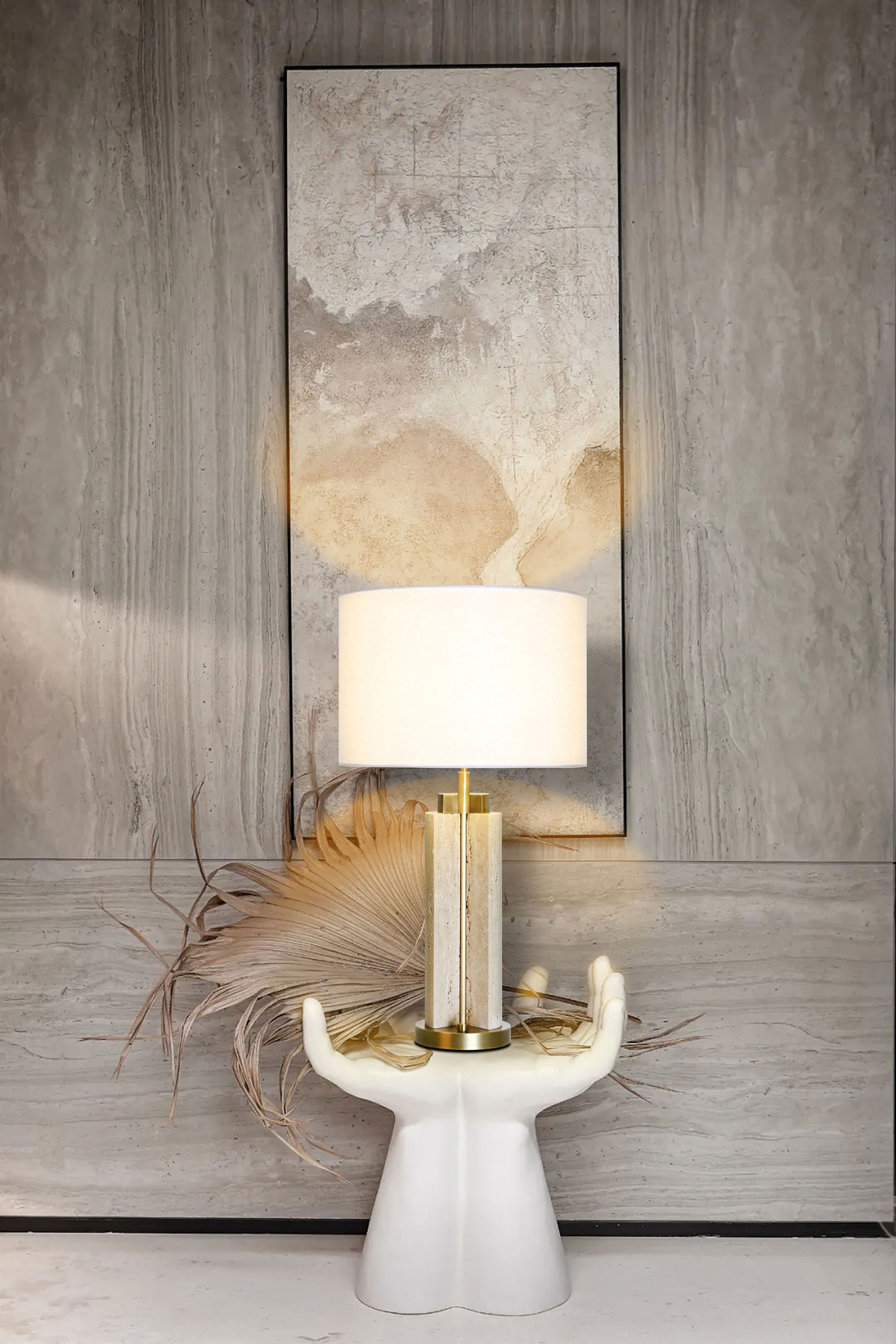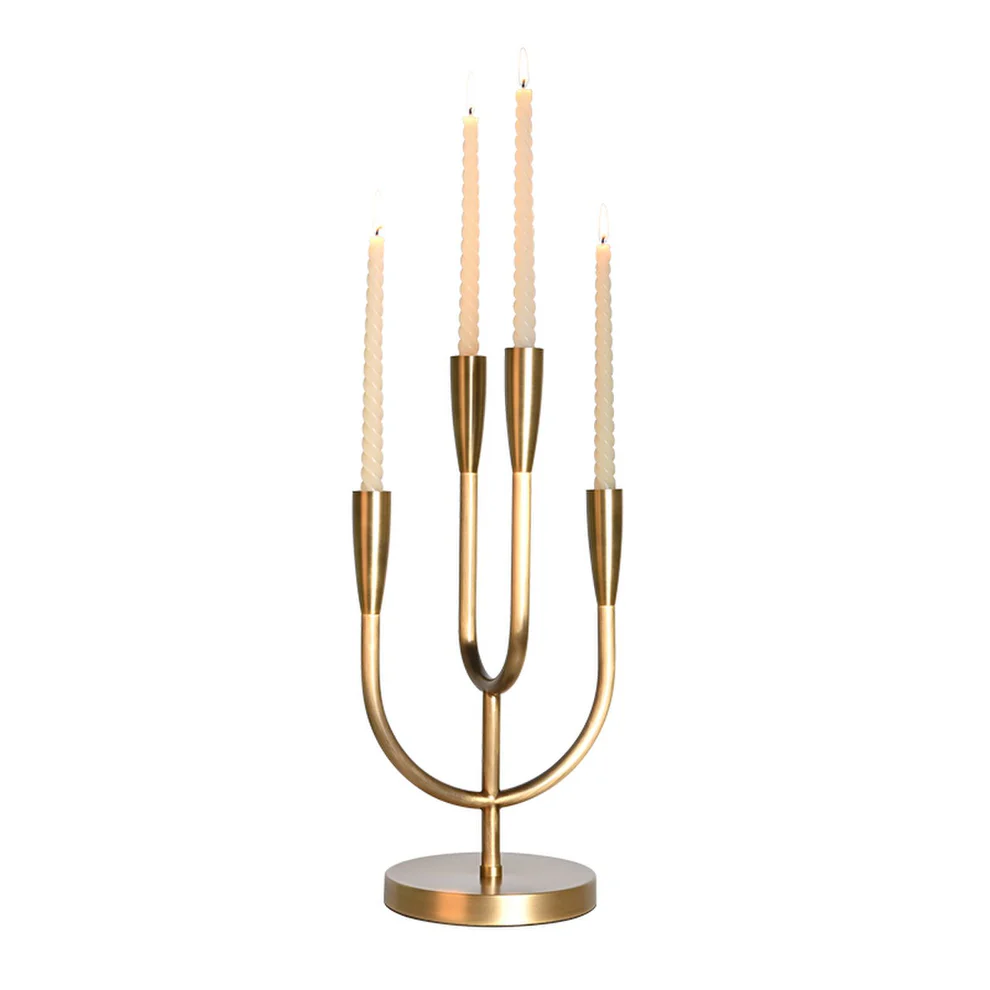The Ultimate Guide to LED Flood Lights: Illuminate Your Space Efficiently
The Ultimate Guide to LED Flood Lights: Illuminate Your Space Efficiently
Introduction to LED Flood Lights
In the world of Outdoor lighting, LED flood lights have become an indispensable choice for both residential and commercial applications. Their popularity is largely due to their energy efficiency, long lifespan, and versatility. But what exactly are LED flood lights? How do they work, and what should you consider when selecting one for your needs? This comprehensive article answers these questions and more.
What are LED Flood Lights?
LED flood lights are powerful lighting fixtures designed to illuminate large areas, providing a wide beam of bright light. They utilize Light Emitting Diodes (LEDs) as their light source, making them a more energy-efficient option compared to traditional floodlights that use halogen or incandescent bulbs. These lights are typically used for outdoor spaces such as gardens, parking lots, and sports fields, but they can also be beneficial in many indoor settings.
Benefits of Using LED Flood Lights
The advantages of LED flood lights are numerous. Here are some key benefits:
- Energy Efficiency: LED flood lights consume significantly less energy than traditional flood lights, helping you reduce electricity bills.
- Longevity: With an estimated lifespan of 25,000 to 50,000 hours, LED Lights last much longer, reducing the frequency of replacements.
- Durability: LED flood lights are built to withstand harsh environments, making them suitable for outdoor use.
- Instant On: Unlike some traditional bulbs that require warm-up time, LED Lights turn on instantly.
- Versatile Design: They come in a variety of styles and brightness levels, making them suitable for various applications.
Key Considerations When Choosing LED Flood Lights
When selecting the right LED flood light, consider the following factors:
1. Brightness (Lumens)
The brightness of an LED flood light is measured in lumens. The higher the lumen count, the brighter the light. For outdoor applications, you typically want between 700 to 5,000 lumens based on the area's size and purpose. Here’s a quick breakdown:
| Area Type | Lumen Requirement |
| Pathway | 100 - 300 lumens |
| Driveway | 500 - 1,000 lumens |
| Backyard | 1,000 - 2,500 lumens |
| Commercial Area | 2,500 - 5,000 lumens |
2. Color Temperature
Color temperature is vital for creating the desired ambiance. Measured in kelvins (K), a lower temperature (2700K-3000K) provides a warm light, while higher temperatures (5000K-6000K) emit a cooler, daylight-like appearance. Choose based on the environment:
- Warm White (3000K): Ideal for residential spaces.
- Cool White (4000K): Works well for commercial and security lighting.
- Daylight (5000K+): Great for outdoor recreational areas.
3. Beam Angle
The beam angle determines how wide the light will spread. A wider beam angle (120°-180°) is suitable for illuminating larger areas, while a narrow beam angle (less than 60°) focuses light on specific spots, ideal for security purposes.
4. Power Source
Most LED flood lights are wired to the electrical grid, but there are also solar-powered options available. Solar LED flood lights are increasingly popular for Outdoor lighting where electricity access is limited.
Applications of LED Flood Lights
LED flood lights serve various purposes in different environments:
- home lighting: Use them for landscaping, pathway lighting, or illuminating outdoor seating areas.
- Security Lighting: They're ideal for deterring intruders by increasing visibility around properties.
- Sports Facilities: High-output LED flood lights are used to illuminate fields and courts during nighttime events.
- Commercial Use: Parking lots and commercial buildings benefit from enhanced visibility.

Comparison with Other Lighting Technologies
When comparing LED flood lights with other types of lighting technologies—such as halogen and CFL—LEDs frequently come out on top. Here’s a brief comparison:
| Technology | Lifespan | Energy Consumption | Heat Emission |
| LED | 25,000 - 50,000 hrs | Low | Minimal |
| Halogen | 2,000 - 4,000 hrs | High | High |
| CFL | 7,000 - 15,000 hrs | Moderate | Moderate |
Installation Tips for LED Flood Lights
Here are essential installation tips to ensure optimal performance:
- Height Matters: Install lights at an appropriate height to avoid light pollution while ensuring the area is sufficiently illuminated.
- Positioning: Focus the direction of the flood lights according to your lighting needs, whether for security or ambiance.
- Avoid Overlapping Light: Ensure that the coverage of each flood light overlaps slightly for uniform light distribution.
- Check Local Regulations: Some areas have regulations on Outdoor lighting that you will need to follow.
Common Issues and Troubleshooting
While LED flood lights are generally low-maintenance, you might encounter some issues:
- Flickering: This might indicate a problem with your power supply or connections. Ensure that all connections are secure.
- Dim Light Output: If your lights seem dim, check for dirt accumulation on the lens that could be blocking light.
- Failure to Switch On: This could result from a defective bulb or issues with the power supply, including breakers or fuses.
Conclusion
Incorporating LED flood lights into your lighting strategy is a smart choice for anyone looking to enhance visibility and security. With their myriad benefits, including energy efficiency, longevity, and versatility, they are increasingly favored for outdoor and indoor applications alike. Consider the important factors such as brightness, color temperature, beam angle, and applications specific to your needs when selecting the perfect LED flood light for your space. As technology continues to advance, the future of lighting looks brighter than ever!
For anyone looking to invest in LED flood lights, remember to review various options, and don’t hesitate to explore how integrating Modern lighting solutions can elevate the ambiance and security of your home or business.
